Why Visit Jaffna Sri Lanka: Understanding Its Unique Identity
The cultural background in Jaffna Sri Lanka, is distinctly Tamil and Hindu, differing sharply from the Sinhalese and Buddhist background in the rest of the country. This northern capital has served as the heart of Tamil culture for centuries, with historical roots dating back to the ancient Jaffna Kingdom.
When you visit Jaffna Sri Lanka, you’ll immediately notice the differences that make this region so special. The architecture reflects a blend of Dravidian, Portuguese, Dutch, and British influences. Colourful Hindu temples with towering gopurams overlook the skyline, while colonial-era buildings tell stories of successive European powers. The aroma of authentic Tamil cuisine, rich with authentic spices, is distinctly different from the flavours of the rest of the country.
The language you’ll hear on the streets is purely Tamil, with many locals also speaking English. This linguistic difference extends to the cultural traditions. Festivals here spin around Hindu traditions, with celebrations at temples. The pace of life is also more connected to the South Indian Tamil Nadu culture.
What truly sets Jaffna apart is its authentic, untouched surface. While southern Sri Lankan destinations like Ella, Galle, and Mirissa have become well-known tourist trails, Jaffna remains off the radar. You might spend days exploring without encountering another foreign traveller. This scarcity of tourism means experiences here feel genuine.
The recent civil war that ended in 2009 left lasting impacts on infrastructure and population in Jaffna Sri Lanka. However, Jaffna has been steadily rebuilding, and visitors today will find a welcoming community keen to share their rich heritage. The positive vibe of the people in Jaffna Sri Lanka, is real, making every interaction meaningful.
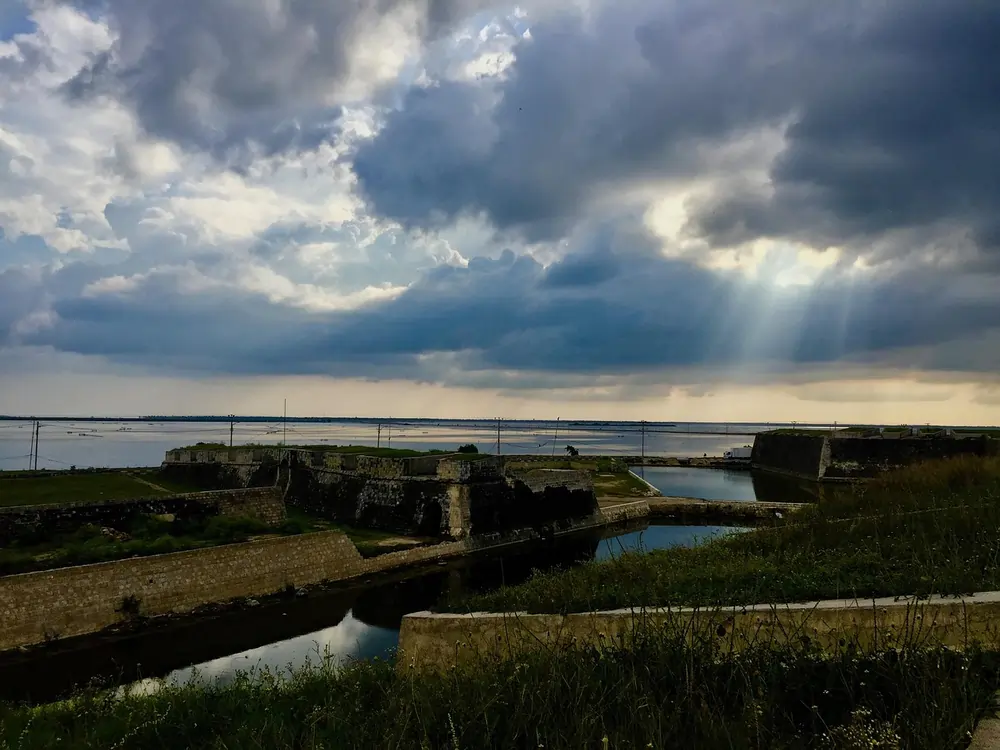
Planning Your Trip to Visit Jaffna Sri Lanka
Everything in Jaffna Sri Lanka, including the climate patterns, differs significantly from the rest of Sri Lanka. Therefore, understanding when to visit Jaffna Sri Lanka, guarantees you will get the best experience. Here’s everything you need to know about planning the perfect time for your northern adventure.
Best Time to Travel
Jaffna experiences one of Sri Lanka’s hottest and driest climates, with weather patterns that differ from the rest of the country. The region is primarily affected by the northeast monsoon from October to March, with the wettest months being October and November.
Ideal visiting period: February to September offers the most favourable conditions, with minimal rainfall and consistently warm temperatures. The dry season makes it perfect for exploring outdoor attractions and island hopping.
Festival season: Consider timing your visit for the spectacular Nallur Festival, a Hindu celebration typically held in July or August at the Nallur Kandaswamy Temple. This vibrant event showcases traditional music, dance, and elaborate religious parades that provide unforgettable cultural immersion.
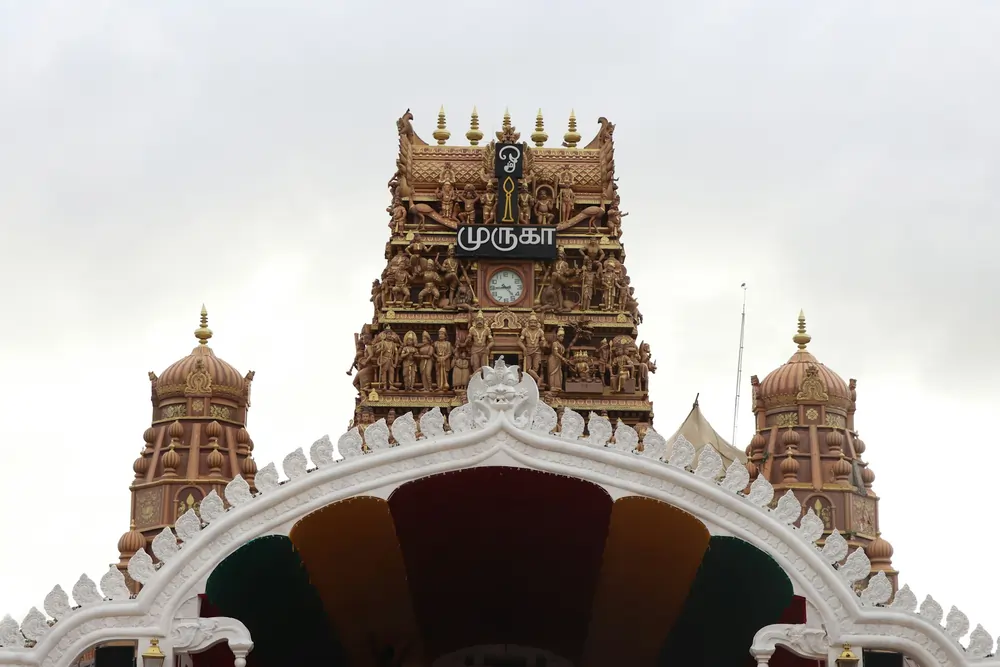
How Long to Stay
To experience Jaffna in full, keep at least three to four days. This allows you to explore the main city attractions, visit one or two offshore islands, and savour the exceptional local cuisine without rushing. If you plan to visit Delft Island overnight or explore more remote areas, consider extending your stay to five or six days.
Getting to Jaffna
From Colombo
By Train: The most comfortable option is the direct train from Colombo Fort to Jaffna, departing daily and taking approximately eight hours. The scenic journey passes through Anuradhapura, offering an excellent opportunity to break up the trip with a stopover. Book first-class or second-class reserved seats before you visit Jaffna Sri Lanka, for the most comfortable experience.
By Bus: Overnight air-conditioned buses operate between Colombo and Jaffna, taking about seven hours. These private services are fairly comfortable and allow you to save on costs. Daytime local buses are also available, but take nine hours and can be crowded.
From Trincomalee
Regular buses connect Trincomalee to Jaffna, with the journey taking around five hours and costing approximately 900 LKR. Departure times include morning and afternoon services. Alternatively, you can travel via Vavuniya, a major transport hub with frequent connections.
By Private Vehicle
Hiring a taxi or tuk-tuk provides flexibility and comfort, though at a higher cost. The drive from Trincomalee or Anuradhapura takes three to four hours, while from Colombo, expect six to seven hours.

Where to Stay in Jaffna Sri Lanka
Accommodation options in Jaffna Sri Lanka, are more limited compared to tourist hotspots like Ella or Galle, but you’ll find excellent homestays and mid-range hotels offering authentic experiences.
Budget Option: There are many hostels and rest houses that are highly recommended for budget travellers. The friendly hosts provide valuable local knowledge, and the delicious breakfast offered in some of these places is amazing.
Mid-Range: Many luxury Hotels in Jaffna offer comfortable rooms with air conditioning, refreshing pools, beautiful gardens, and exceptional breakfasts featuring authentic Jaffna cuisine. The locations are convenient for accessing major attractions.
Upscale: If you are looking for premium accommodations inspired by Tamil culture, there are a few high-end hotels with stunning rooftop bars and coastal views.
Top Attractions: What to Do When You Visit Jaffna Sri Lanka
Jaffna is a fascinating destination that blends history, culture, and natural beauty. Its vibrant heritage and peaceful surroundings make it a perfect place to explore something different from the usual tourist trail. Here are the top things to do when you visit Jaffna Sri Lanka.

1. Explore the Historic Jaffna Fort
No trip to visit Jaffna Sri Lanka, is complete without exploring this iconic star-shaped fortress. Originally constructed by the Portuguese in 1618 and later expanded by the Dutch, the fort has witnessed centuries of colonial rule and conflict, including significant damage during the civil war.
The massive pentagonal structure features ramparts, a defensive canal, and defences at each corner. Inside, you’ll discover ruins of colonial buildings, including a church, the Queen’s House, and the governor’s residence with European influence.
While renovations continue, the fort allows visitors to freely explore its grounds, climb the ramparts, and enjoy panoramic views of the city skyline and lagoon. The modest onsite museum provides historical context through artifacts and photographs. Visit during late afternoon to witness beautiful golden hour and cooler temperatures.

2. Experience Spiritual Majesty at Nallur Kandaswamy Temple
The most significant Hindu temple to visit Jaffna Sri Lanka, Nallur Kandaswamy Kovil, represents the peak of Tamil religious architecture and devotion. Dedicated to Lord Murugan, this sacred site attracts pilgrims from across Sri Lanka and southern India.
The towering gopuram (entrance tower) is magnificently decorated with colourful carvings representing Hindu gods and mythological settings. The temple’s interior shrine radiates spiritual energy, especially during daily puja ceremonies.
The temple becomes even more spectacular during the annual Nallur Festival when 27 consecutive days of celebrations transform the grounds with traditional lamps, music, dance, and processions featuring Lord Murugan’s chariot.

3. Visit the Iconic Jaffna Public Library
This magnificent white building with its distinctive red-tiled roof stands as a powerful symbol of Tamil philosophical heritage and the community’s strength. Established in 1933, the library once housed one of Asia’s largest collections with over 97,000 books, manuscripts, and rare documents.
It was tragically destroyed by terrorists in 1981, an event that became a motivation for the civil war. The library has been meticulously restored and expanded. Today, it serves not just as a repository of knowledge but as a testament to cultural preservation and hope for the future.
The serene reading rooms welcome visitors of all ages, from elderly men reading newspapers to families with children. The architecture beautifully blends colonial and classical design elements.

4. Discover Culinary Excellence at Malayan Café
Among the best experiences when you visit Jaffna Sri Lanka, is savouring authentic Tamil cuisine, and Malayan Café represents the best. This legendary vegetarian place attracts locals throughout the day for its exceptional rice and curry, and other authentic food served on banana leaves.
The efficient system is fascinating to observe: waiters seat you, place a banana leaf on your table, then pile on steaming white rice or dosa, surrounded by an array of curries, each more flavorful than the last. Eating with your hand (as locals do) enhances the sensory experience.
After finishing, you take your banana leaf to the garbage, wash your hands, and pay your bill. It’s authentic, affordable, and absolutely delicious.
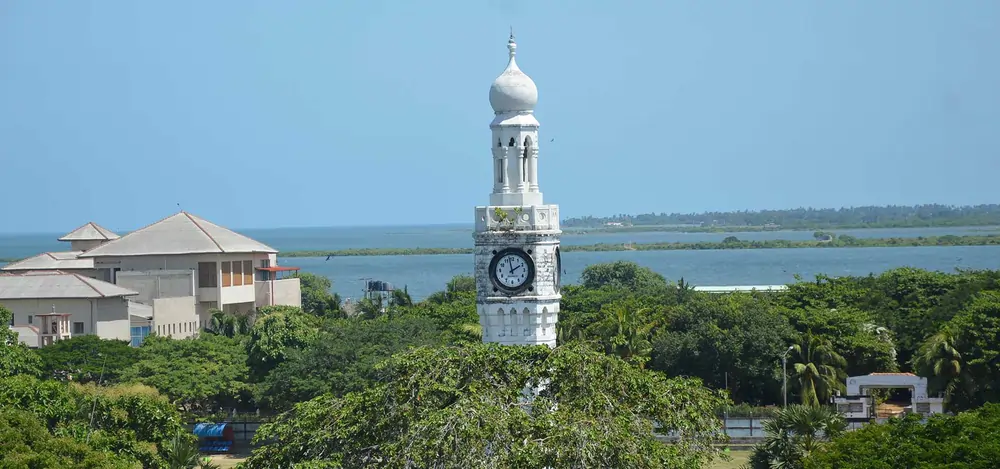
5. Admire Colonial Architecture: Clock Tower and Mantri Manai
The Jaffna Clock Tower, erected in 1905, serves as a city landmark marking the passage of time for generations. The elegant whitewashed structure with its four-sided clock has survived colonial rule, independence, and civil conflict, still ticking as life bustles around its base.
For a more historical experience, visit Mantri Manai (Minister’s Residence) just off the Jaffna-Point Pedro road. This structure combines Dutch Colonial and Dravidian architectural styles, with origins possibly dating back to the 13th-century Jaffna Kingdom.

6. Immerse Yourself in Local Life at Jaffna Market
The bustling central market offers an authentic slice of daily life in Jaffna Sri Lanka. These features include vendors selling tropical fruits, fresh vegetables, exotic spices, dried fish, and colourful textiles. Wander through stalls piled high with jackfruit, bananas, and papayas. Sample traditional Tamil sweets. Watch as locals bargain over prices and vendors call out their wares. It’s a photographer’s paradise and a cultural education rolled into one.
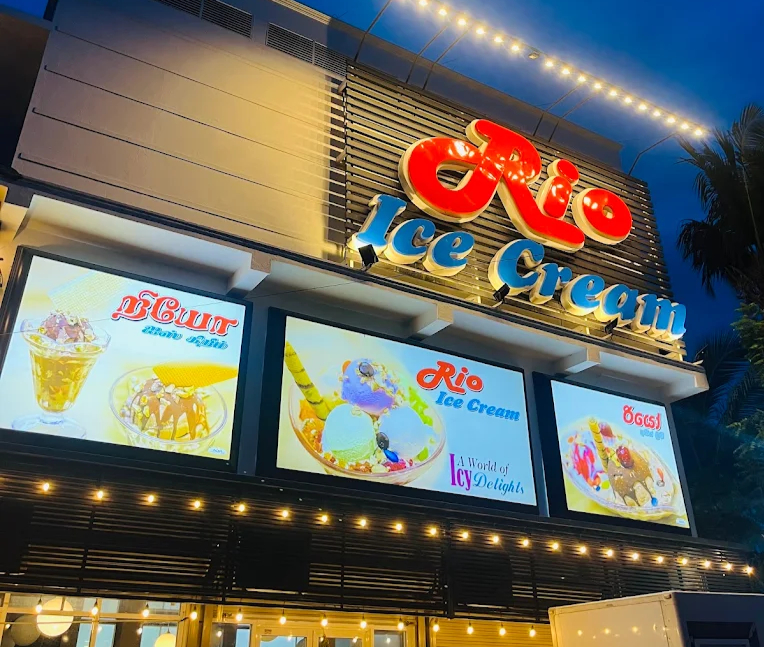
7. Experience Jaffna’s Sweet Tradition at Rio’s Ice Cream
Within walking distance of Nallur Temple, Rio’s has reached legendary status for its ice creams and colourful innovations. This local shop draws crowds daily, offering an indulgent sugar rush after temple visits or market exploration. The fancy presentations make for great Instagram content while providing relief from Jaffna’s heat.

Exploring Jaffna’s Islands
Just off the coast of Jaffna lies a chain of quiet, fascinating islands, each with its own story and charm. From wild horses to ancient temples and untouched beaches, these islands offer a unique escape from the mainland.
Nainativu Island
Nainativu (also called Nagadeepa) holds deep religious importance for both Hindus and Buddhists, making it one of the most unique destinations when you visit Jaffna Sri Lanka. Despite being only four square kilometres, the island’s spiritual atmosphere is extraordinarily powerful.
Nagapooshani Amman Kovil: This vibrant Hindu temple dedicated to goddess Parvati features a towering gopuram and courtyard shrines displaying dramatic scenes from Hindu mythology. Referenced in ancient texts as one of 64 sacred Shakti Peethas, the temple draws pilgrims seeking blessings.
Nagadeepa Purana Viharaya: One of Sri Lanka’s most sacred Buddhist sites, this temple marks where Buddha reportedly settled a dispute between two Naga kings. The distinctive silver pagoda, Buddha’s footprints, and serpent imagery create a mystical environment.
The island’s connection to the Naga (serpent) legend is evident in statues and murals throughout. The atmosphere of quiet devotion, with pilgrims walking barefoot and temple bells echoing across the island, creates an unforgettable experience.
Getting There:
- Take bus 776 from Jaffna central bus station to Kurikadduwan Jetty (1 hour)
- Ferry from Kurikadduwan to Nainativu (15-20 minutes)
- Ferries run frequently throughout the day
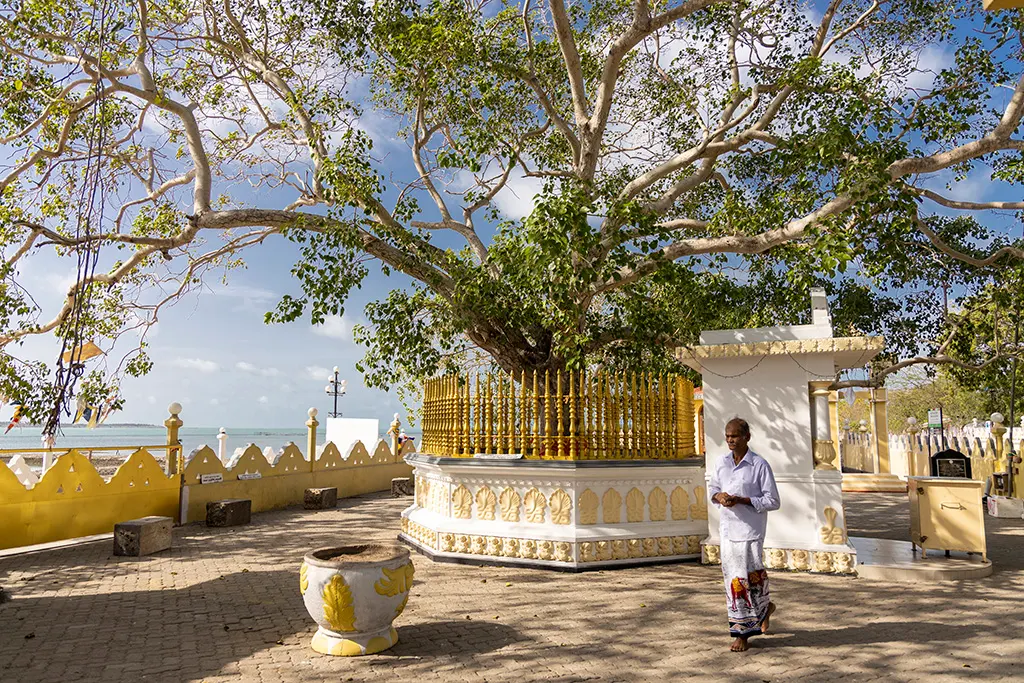
Delft Island
For adventurous travellers who visit Jaffna Sri Lanka, Delft Island (Neduntivu) offers an authentic escape to one of the country’s most isolated destinations. This sparsely populated island has wild horses descended from Portuguese stock, ancient baobab trees brought by Arab traders, colonial ruins, and pristine beaches.
The island’s rustic charm lies in its undeveloped nature with few roads, no cars, primarily bicycle and tuk-tuk transport. Staying overnight at Delft Village provides the full experience, including home-cooked meals, bicycle rental for exploration, and guidance to see the wild horses and Dutch Hospital ruins.
Day Trip Ferry Schedule:
- Kurikadduwan to Delft: 8:00 AM, 2:30 PM, 4:00 PM
- Delft to Kurikadduwan: 7:00 AM, 11:30 AM, 3:00 PM
- Journey time: 1 hour
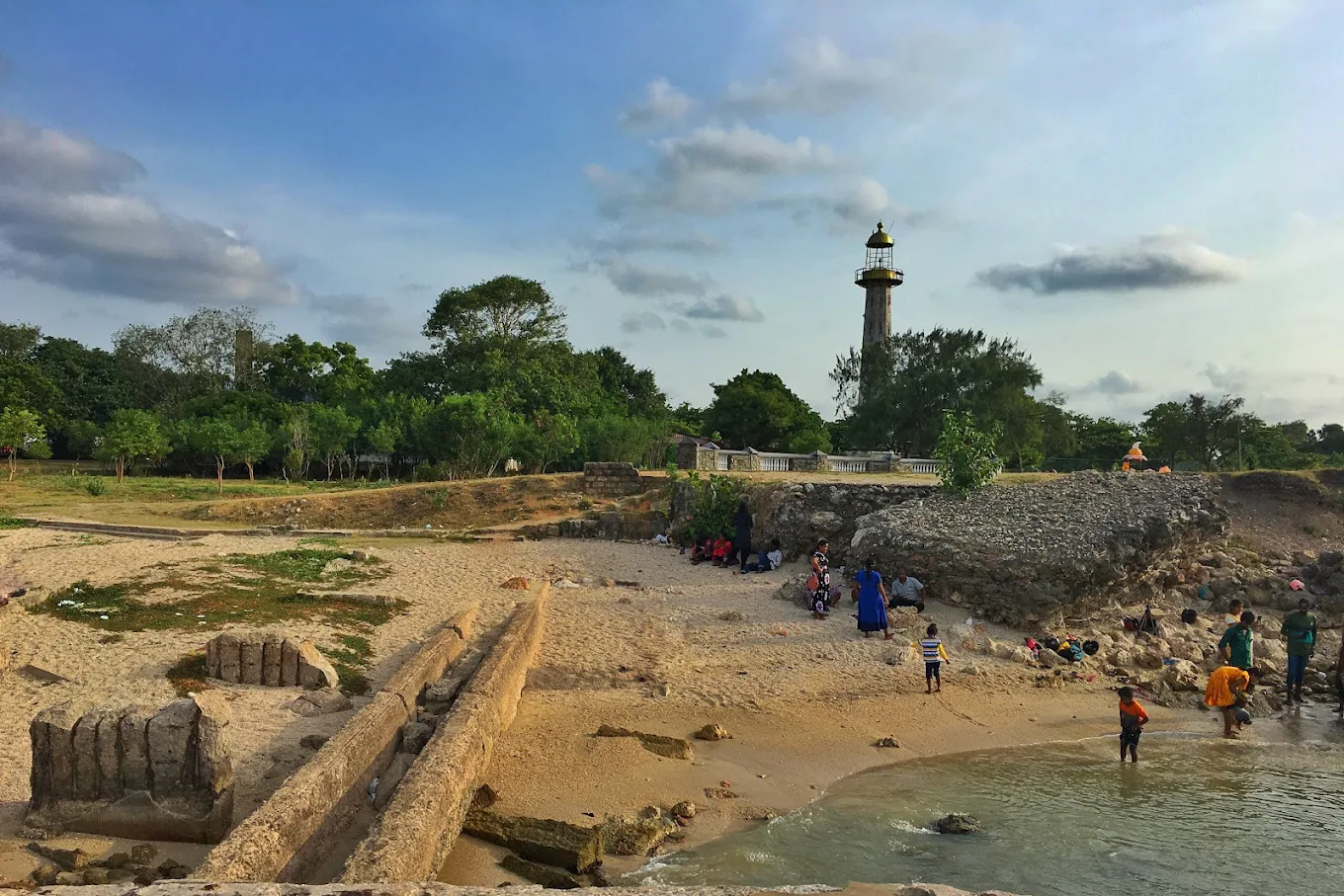
Beaches Near Jaffna
Casuarina Beach: Located on Karainagar Island (connected by causeway), this white-sand beach framed by casuarina trees offers calm swimming conditions and tranquil surroundings. The drive itself showcases beautiful lagoon views. Once an important port for the ancient Jaffna Kingdom, the area features historical Buddhist temple ruins.
Kankesanthurai (KKS) Beach: Just 30 minutes north of Jaffna, KKS Beach ranks among northern Sri Lanka’s most beautiful coastal spots with crystal-clear turquoise water and white sand. Popular with locals and crowded, it provides a perfect tropical beach experience.
Keerimalai Pond: Adjacent to the colourful Keerimalai Naguleswaram Kovil (a 1,000-year-old Shiva temple), these natural springs are believed to possess healing properties. While locals use it more as a swimming pool than a healing bath, it offers cultural insight and refreshment. Note: Separate bathing areas for men and women.

Cultural Sites Worth Visiting in Jaffna Sri Lanka
Jaffna is deeply rooted in Tamil culture and history, reflected in its temples, historic landmarks, and local traditions. Visiting these cultural sites offers a deeper understanding of the region’s rich identity and spiritual life.
Jaffna Archaeological Museum
This compact museum near Nallur Temple houses artifacts spanning Jaffna’s history from prehistoric times through the colonial period. Collections include ancient pottery, semiprecious stones, temple remnants, coins, and inscriptions that illuminate Tamil culture and trade history.
Kadurugoda Viharaya
Located in Kandarodai, north of Jaffna, this remarkable Buddhist archaeological site features nearly 60 miniature domed stupas over 2,000 years old. Dating to the Anuradhapura period, excavations have uncovered Buddha statues, coins, and inscriptions. The peaceful atmosphere makes it ideal for meditation.
Jaffna Cultural Centre
Opened in February 2023, this modern facility celebrates Tamil heritage through art exhibitions, traditional performances, workshops, and cultural events. The contemporary architecture contrasts beautifully with nearby historical monuments. It hosts rotating displays by local artists, literary discussions, and academic symposiums.
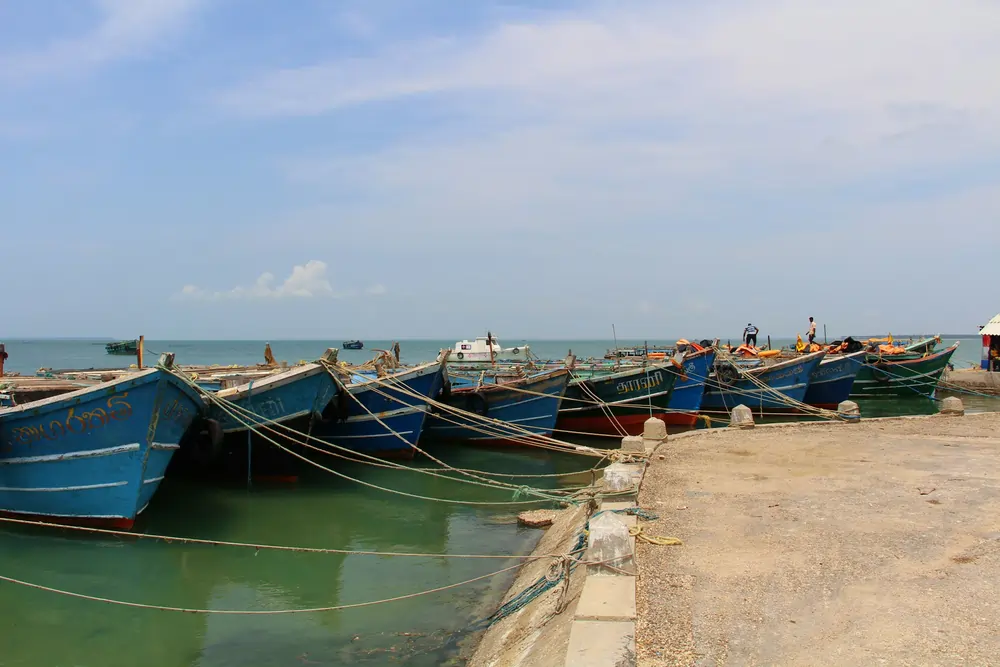
Practical Tips for Visiting Jaffna Sri Lanka
Planning a trip to Jaffna? Here are some useful tips to help you navigate the city smoothly, respect local customs, and make the most of your visit.
Getting Around
Walking: The city center is compact enough for walking, though the heat can be intense. Carry water and an umbrella.
Tuk-tuks: Abundant and reasonably priced. Download the PickMe app for fixed-price rides without bargaining.
Bicycle/Scooter Rental: Available for independent exploration of the surrounding areas and beaches.
Bus: Local buses connect Jaffna to nearby towns and ferry terminals, though services can be periodic.
Language
Tamil is the primary language in Jaffna Sri Lanka, though many locals speak English, especially in tourist-facing businesses. Learning a few basic Tamil phrases enhances interactions:
- Hello: Vanakkam
- Thank you: Nandri
- How much?: Evvalavu?
Money Matters
ATMs are available in the city center, but it’s better to carry enough cash, especially when visiting islands or remote areas. Costs in Jaffna are generally lower than in tourist hotspots elsewhere in Sri Lanka.
Safety Considerations
Jaffna is very safe for tourists. Violent crime against foreigners is extremely rare. The local community is overwhelmingly welcoming and helpful. Standard safeguards apply: watch your belongings, remain aware of your surroundings, and respect local customs.
Cultural Sensitivity
- Dress modestly, especially at religious sites
- Ask permission before photographing people
- Remove shoes before entering temples
- Respect gender-specific areas at religious sites
- Be mindful that the civil war’s impacts are recent: approach sensitive topics with care
Mobile Connectivity
Major Sri Lankan mobile networks (Dialog, Mobitel) provide good coverage in Jaffna. Consider purchasing a local SIM card for data access, which is inexpensive and useful for navigation and ride apps.
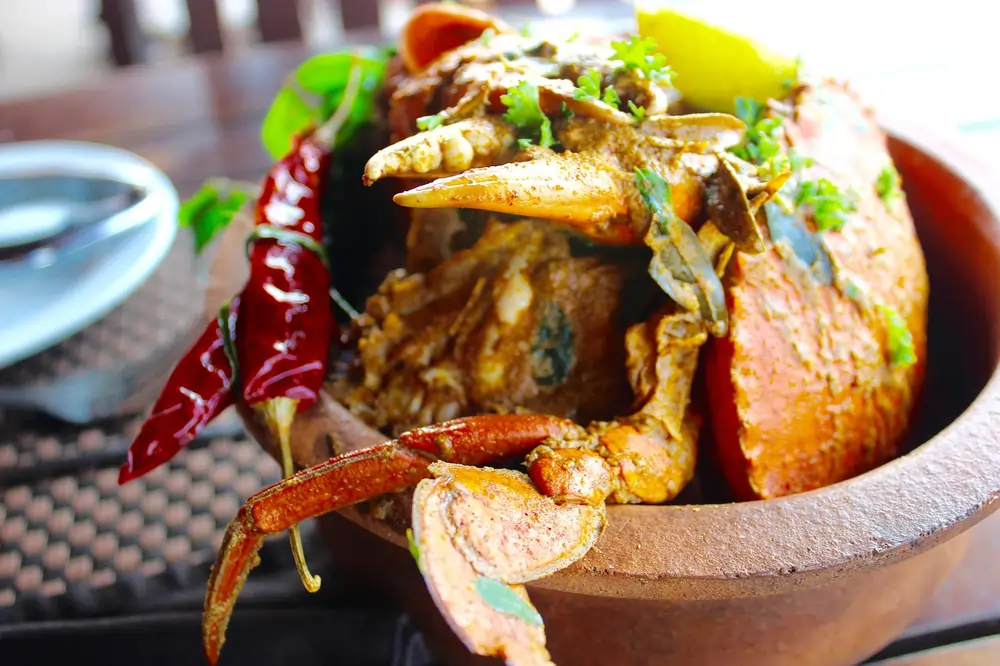
The Authentic Culinary Treasures of Jaffna Sri Lanka
The culinary setting represents one of the most exciting reasons to visit Jaffna Sri Lanka. Tamil cuisine here is distinct from common Sri Lankan food, incorporating South Indian influences with unique local twists.
Must-Try Dishes:
- Jaffna Crab Curry: Rich, spicy, and aromatic
- Mutton Rolls: Flaky pastry filled with spiced meat
- Thosai (Dosa): Crispy fermented rice pancakes with various fillings
- String Hoppers: Steamed rice noodle patties
- Jaffna Curry Powder: Unique spice blend featuring roasted spices
- Palmyrah-based Products: Jaggery, toddy, and sweets made from the palmyrah palm
- Seafood: Fresh catch prepared with aromatic spices
Recommended Restaurants:
- Malayan Café (vegetarian: dosas, rice and curry)
- Thinnai Family Restaurant (dosas and curries)
- Local market food stalls (street food snacks)
- Hotel restaurants (various Tamil specialties)
Day Trip Options from Jaffna Sri Lanka
Point Pedro
The northernmost point of Sri Lanka, Point Pedro, features a historic lighthouse, an active fishing harbour, a Dutch-era market, Hindu temples, and Portuguese churches. The drive showcases diverse Jaffna Peninsula landscapes.
Anuradhapura
Though requiring a longer journey (3-4 hours), this ancient city with UNESCO World Heritage stupas and monasteries makes an excellent stopover when travelling between Jaffna and Colombo.
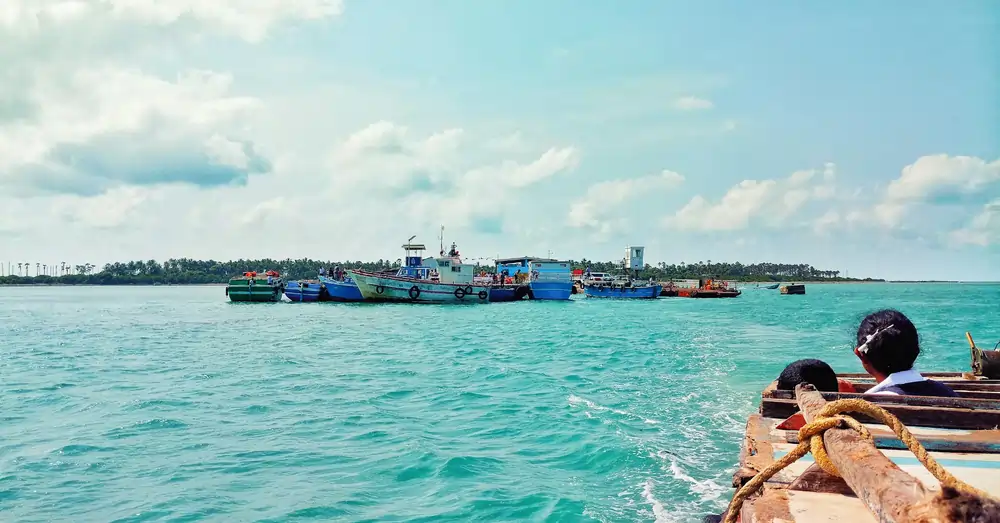
Jaffna Sri Lanka, Awaits Your Arrival
When you visit Jaffna Sri Lanka, you’re not just exploring another tourist destination. You’re experiencing a community with deep cultural roots, witnessing a region in renaissance, and discovering one of the island’s most authentic and welcoming places.
The relative absence of mass tourism means every interaction feels genuine. The extraordinary temples, fascinating colonial history, pristine islands, and phenomenal cuisine combine to create an experience unlike anywhere else in Sri Lanka.
Jaffna rewards curious, open-minded travellers with unforgettable memories, warm hospitality, and insights into Tamil culture that can’t be found elsewhere. Whether you’re drawn by history, spirituality, food, or simply the desire to explore underrated destinations, Jaffna delivers on all fronts.
Pack your bags, bring your sense of adventure, and prepare to discover northern Sri Lanka’s hidden treasure. When you visit Jaffna Sri Lanka, you’ll understand why those who make the journey to North Sri Lanka consistently rank it among their most memorable travel experiences.
This article is proudly brought to you by Sesatha Travel, an Australian-based travel company offering bespoke tour packages exclusively to Sri Lanka.




